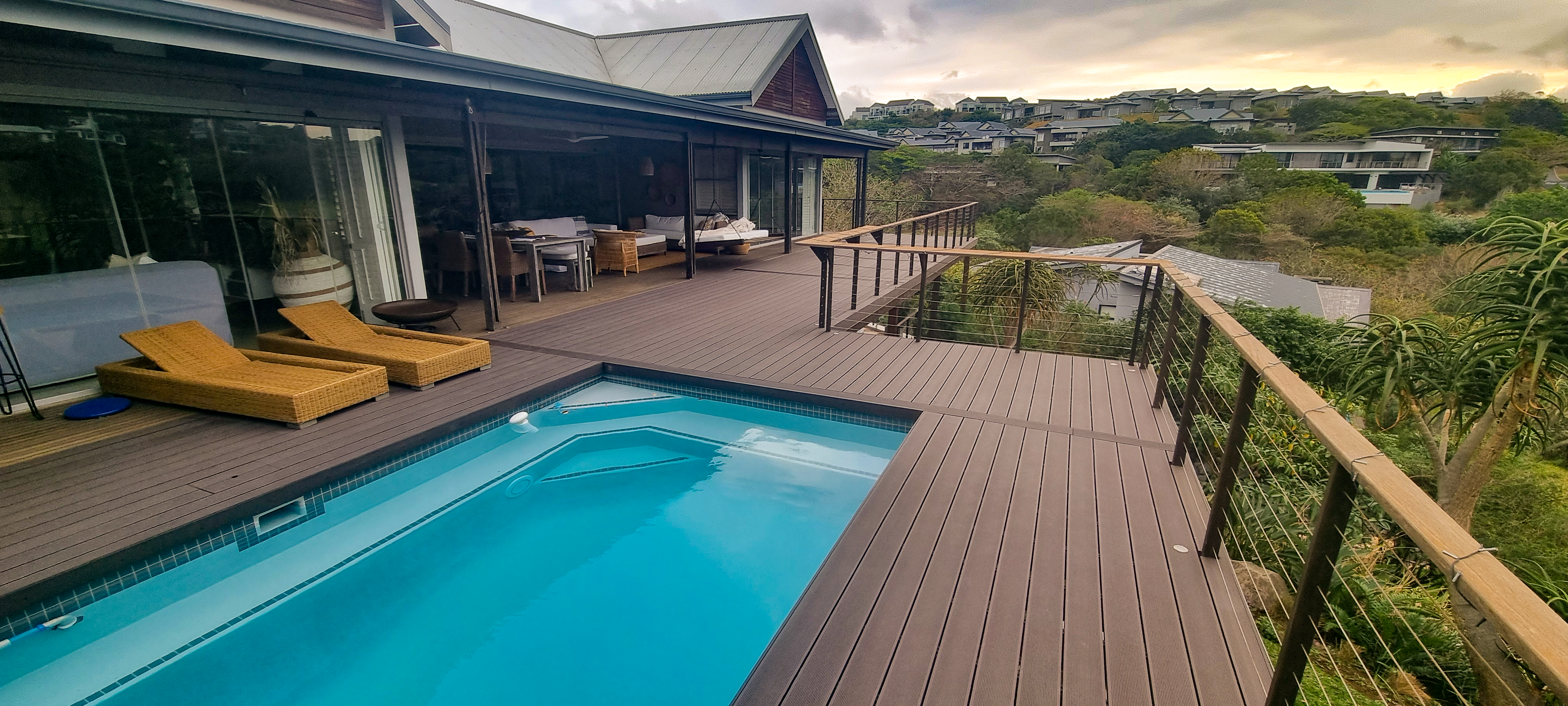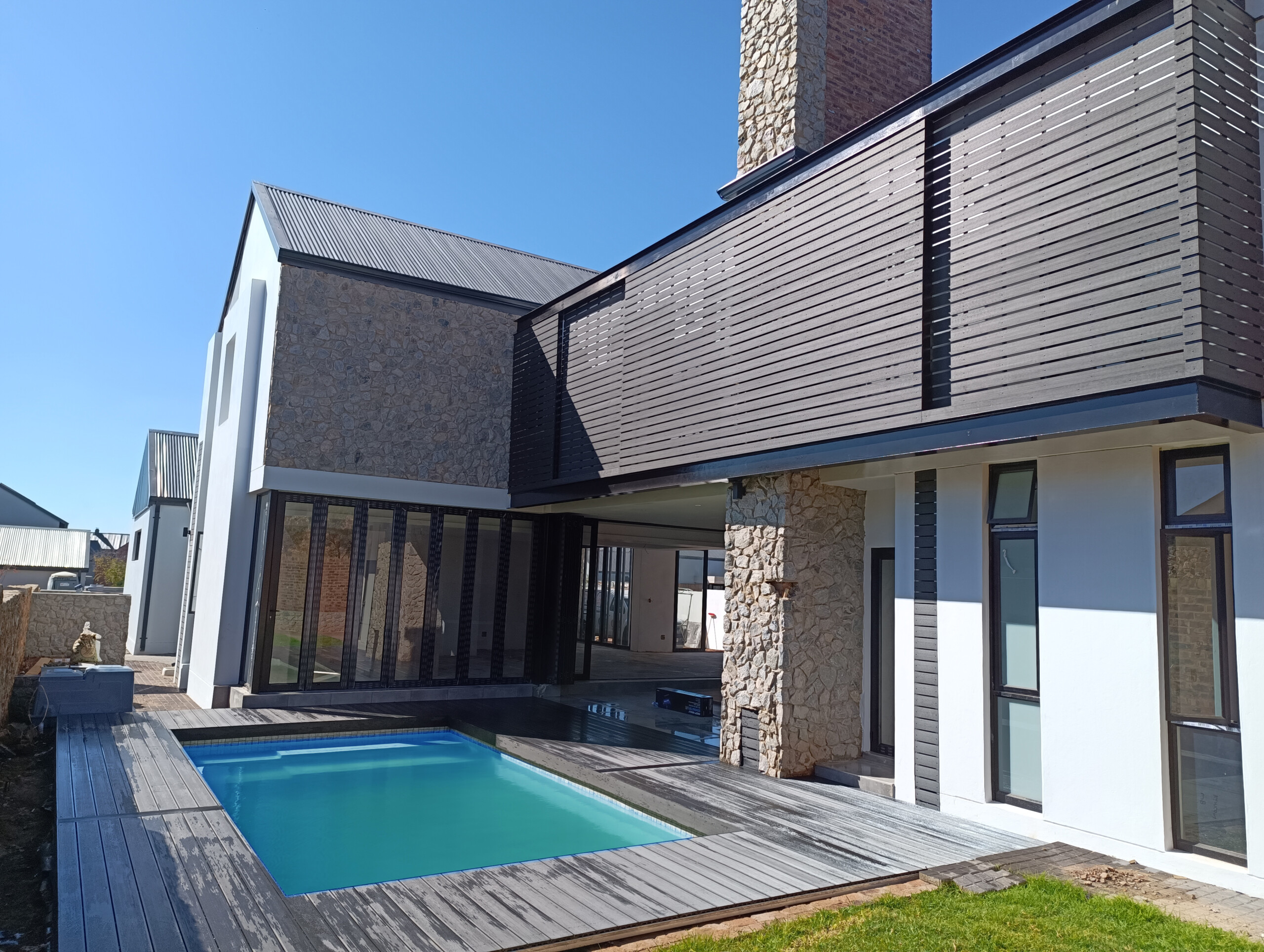
Published: October 28, 2020
Composite wood products are aesthetically beautiful, there’s no doubt about it. But, how well does composite wood in extreme weather conditions do when compared to other materials? Because decking, cladding, pergolas and other composite wood products are outdoor features, they need to be hardy; guaranteed to weather the storms and still look great.
While natural wood is also gorgeous to look at, it often warps, splinters, fades and rots in the presence of the elements and harsh weather conditions. This is just another reason that composite wood products are the way forward for homes, estates and buildings.
What are Best Deck’s Composite Wood Products Made From?
Our products are made using a durable combination of recycled bamboo, recycled timber, a high-density polyethylene plastic and some bonding agents and UV stabilisers. So, while they look very much like natural wood, they are far more durable and eco-friendly.
Composite Woods in Extreme Weather Conditions – How do they Fare?
To put it simply; composite wood products are far more durable, come rain or shine…literally. Here’s a brief breakdown of the advantages for composite wood in extreme weather:
Heat and Sunshine
The heat can get fairly intense in Africa, with summer highs of well over 30 degrees Celsius on a regular basis. Timber decks that are exposed to constant or regular heat and sunshine tend to crack and fade. They soon lose their aesthetic appeal and can even be unsafe, thanks to the cracks and splinters that result.
Composite wood products, on the other hand, are tough and durable. Even when they are exposed to heat and sunshine day after day, they remain beautiful, intact (without cracks) and free of splinters. This is a massive advantage for corporate buildings that need a safe environment for clients and employees to use, as well as for homes where children and pets often use the outdoor area.
Cold
Even when temperatures plummet and hang around the lower reaches for some time, composite wood decking, cladding and pergolas do just fine. Extremely cold weather can actually expose the flaws in inferior timber products, which is so disappointing. But, composite wood products are built to last, year after year. Our products consist of 30% polyethylene, which is an inert plastic that doesn’t shrink or expand in different temperatures. This prevents it from cracking and warping.
Wind
Best Deck installs this hardy material on a skeleton of galvanised steel. This means you’re decking can stand up to extremely strong winds. We are meticulous when we install all of our products to ensure that they are as sturdy as possible. So, even in the face of severe gale-force winds, Best Deck’s composite wood products can stand the test.
Hail
Some parts of South Africa experience frequent hail storms, which can cause a massive amount of expensive damage to homes, office buildings, windows and cars. Thanks to the combination of recycled bamboo and plastic, our products can handle high impacts when hit by hail.
Rain and Snow
The plastic used as one of the main constituents of the composite material shields the recycled wood and bamboo fibres, making them almost completely immune to moisture. Water runs off the material easily and cannot penetrate its fibres. This, in turns, shields the decking, cladding, pergolas, and so on against mildew and other moulds that set in when moisture has crept into the material, potentially triggering rot and an abundance of harmful spores.
Even in areas that experience snowfall in the winter, the polyethylene that makes up almost a third of the material keeps our composite wood looking as good as new. The decking and cladding is designed to allow the ice and snow to run right off it, rather than to let them absorb into the structure.
Order Your Composite Wood Solution
Contact us today for a real solution to decking, cladding and accessories, even in extreme weather conditions.
Tel: 27 (0) 11 463 7948
Email: [email protected]






